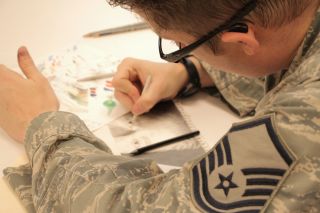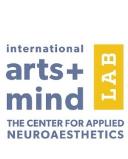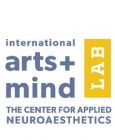Trauma
Restoring Mental Health in the Face of Trauma
How making art serves as a catalyst to help us process our emotions.
Posted March 14, 2023 Reviewed by Ekua Hagan
Key points
- Sometimes survivors of trauma find it difficult to put their experience into a narrative due to a shutdown in the Broca’s area of the brain.
- Mask-making has been used as a therapeutic tool to help trauma survivors share experiences and feelings through symbolism, metaphor, and imagery.
- Some service members who suffered from trauma reported that mask-making diminished the occurrence of their flashbacks and other symptoms.

Part II of a series.
For generations, the silence of the soldier was misunderstood as a stoic reticence to talk about horrifying experiences. But of course, we now know it can sometimes be the result of PTSD or a major depressive disorder.
Sometimes soldiers returning from war can’t share their stories because there’s an actual shutdown in the Broca’s area of the brain. This is one of the regions responsible for speech and language in the frontal lobe. It’s the same place that can be affected in stroke patients, rendering them speechless. When the Broca’s area isn’t functioning effectively, you struggle to put your thoughts and feelings into words.
In his lab, Bessel van der Kolk saw on fMRI scans a significant decrease in the Broca’s area when a person was actively reliving a trauma through flashback. In this case, the individuals being monitored had survived a major car accident, and they were asked to recall as much as they could of that harrowing event. “Our scans showed that the Broca’s area went offline whenever a flashback was triggered. In other words, we had visual proof that the effects of trauma are not necessarily different from—and can overlap with—the effects of physical lesions like strokes.”
The brain was reacting as if the trauma were actually occurring. It helps to explain why it can be so difficult for us to put the experience into a narrative. The words quite literally do not exist, earning this physiological state the name of “the speechless horror.”
Art therapy for service members: Mask-making
In 2010, NICoE launched a program that had creative arts therapy at its core. Part of a national program called Creative Forces, it was codeveloped by the National Endowment for the Arts, the Department of Defense, the Department of Veterans Affairs, and state art agencies, with 12 clinical sites across the country. Service members and their families attend art therapy sessions with Melissa and her colleagues as part of an intensive, holistic four-week program of comprehensive care for TBI (traumatic brain injury) and PTSD.
When Melissa works with these patients, who are mainly active-duty military service members, she often channels these memories into mask-making, which is one of the most effective art therapy directives. Mask-making is an ancient art form, dating back at least 9,000 years, and has been used around the world in rituals, celebrations, theatre, and performances. Mask-making has also been used as a therapeutic tool, helping us share experiences and feelings through symbolism, metaphor, and visual imagery.
In a dedicated studio space, service members are given a blank mask and a range of supplies like paint, clay, collage materials, and markers. They are encouraged to create a mask representing any aspect of their experiences that they want to explore. They are also invited to bring in materials that may help them in creating personal representations. Some have incorporated images of their deceased friends, or even the medals they’d earned in battle.
The primary goal, in the beginning, is to provide a way for service members to externalize their thoughts and feelings in a nonjudgmental environment. The sessions, Melissa tells us, encourage self-expression and self-efficacy. Once they have created a physical representation of their experiences, service members are often able to bring words and greater meaning to their creations. When shared in group settings with family members or other service members, the stories told through these masks become a bridge to greater empathy, cohesion, and acceptance.
After completing the program, one patient shared, “I’m often asked what it feels like to have PTSD or TBI. In the past, I’ve been at a loss for how to describe these feelings—until I made my mask.” Most significantly, many service members have reported that the act of mask-making diminished the occurrence of flashbacks and other symptoms that had been plaguing them for years.
What has emerged at Creative Forces over the years are thousands of dynamic, symbolic artworks depicting the inner universe of war. One mask shows a face fractured into pieces and stitched back together with barbed wire. Another depicts a bifurcated face, where one half is a smiling woman, the other a ragged and snarling monster. Still another looks like a skeleton. One veteran who came through the studio later told National Geographic that he wished, some days, that he’d lost a body part in war because at least that way people would know that he had suffered. By making the mask, he said that he was finally able to make visible what was happening inside himself.
From the book Your Brain on Art by Susan Magsamen and Ivy Ross. Copyright © 2023 NeuroArts LLC. Reprinted by arrangement with Random House, a division of Penguin Random House LLC. All rights reserved.




